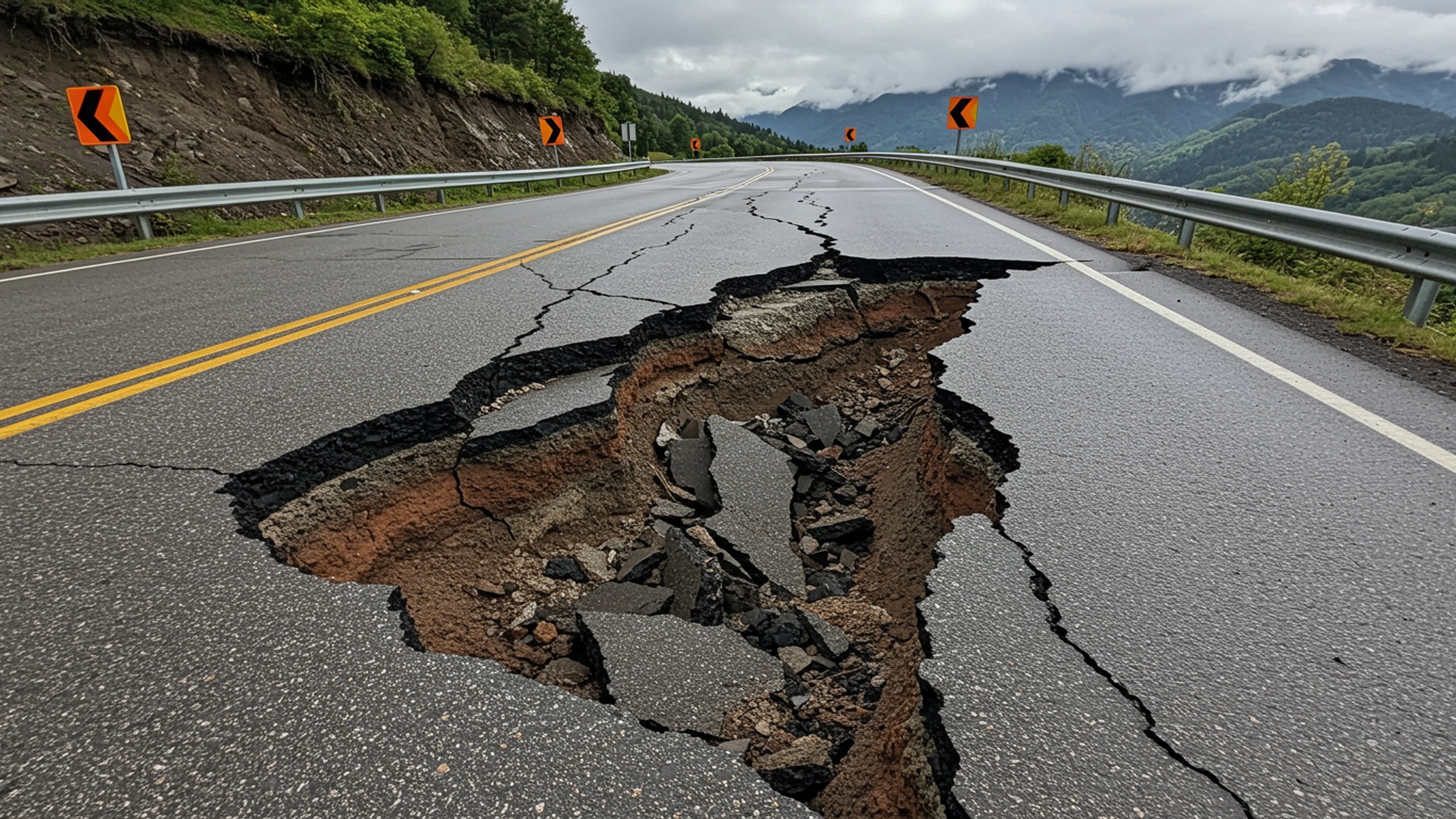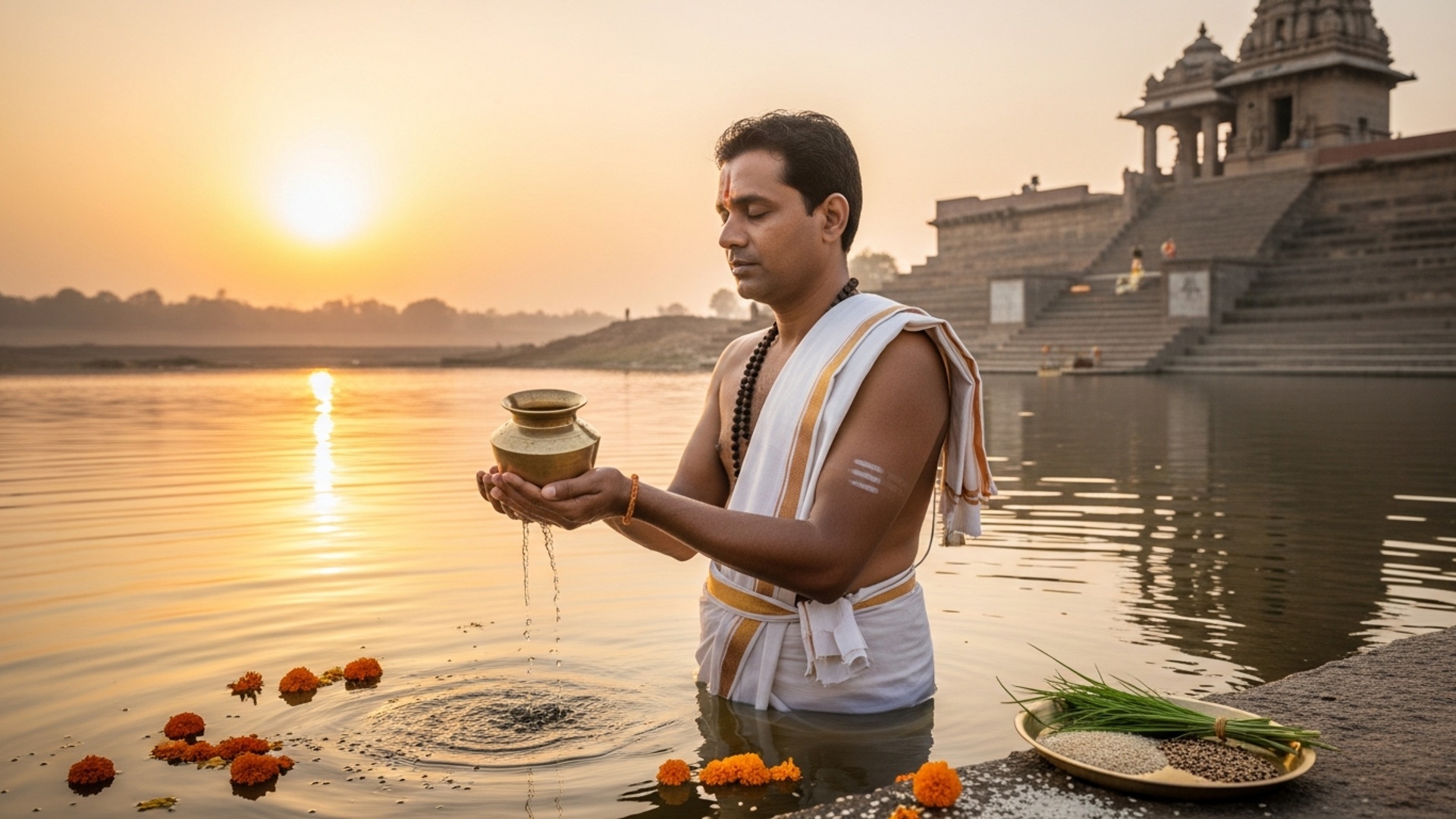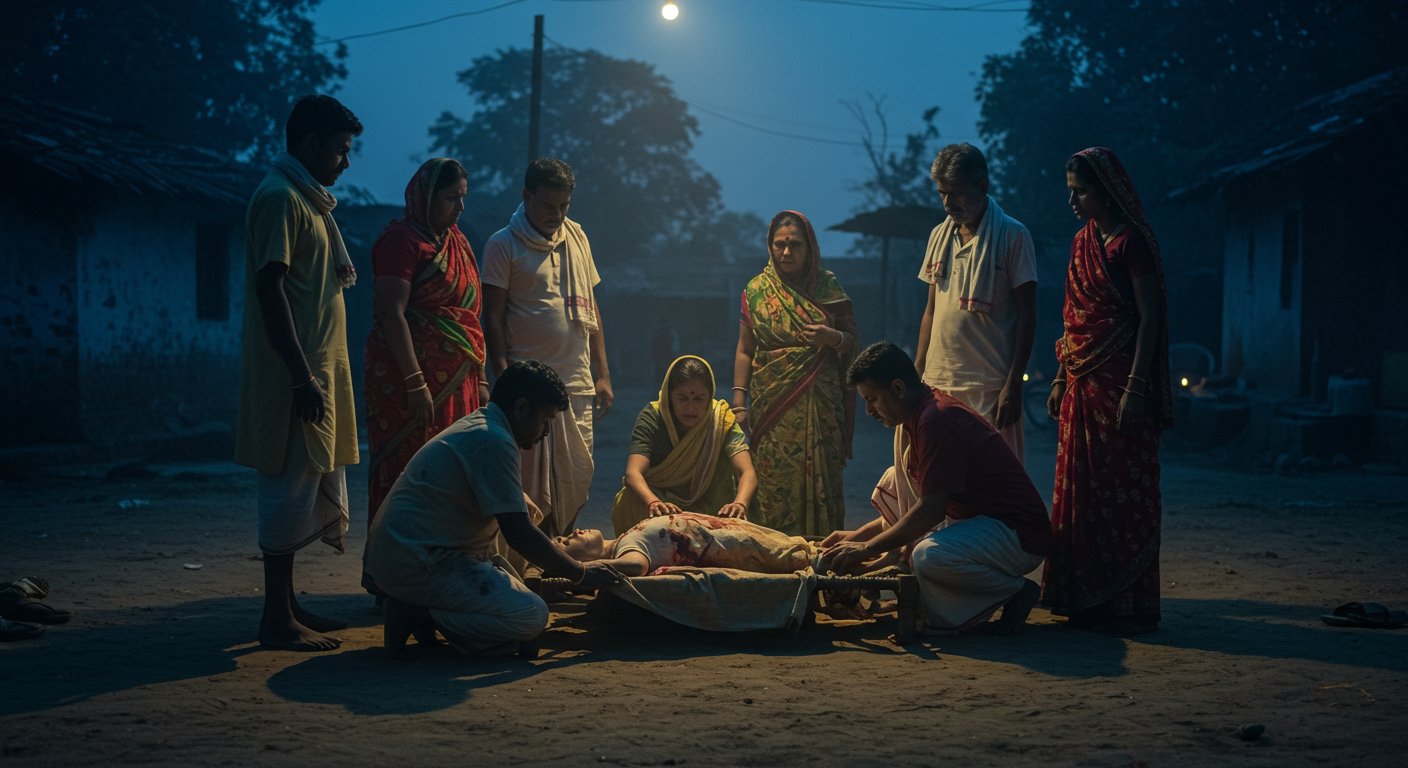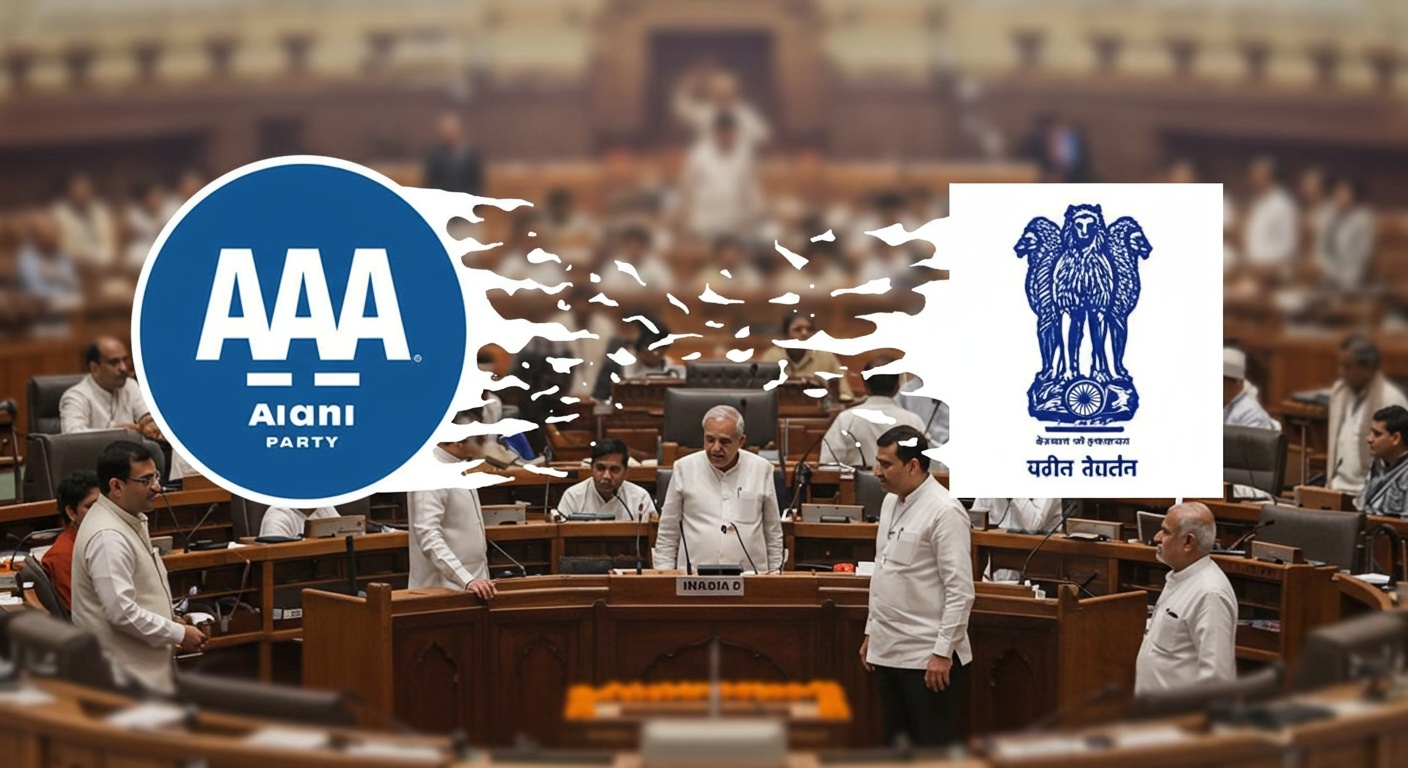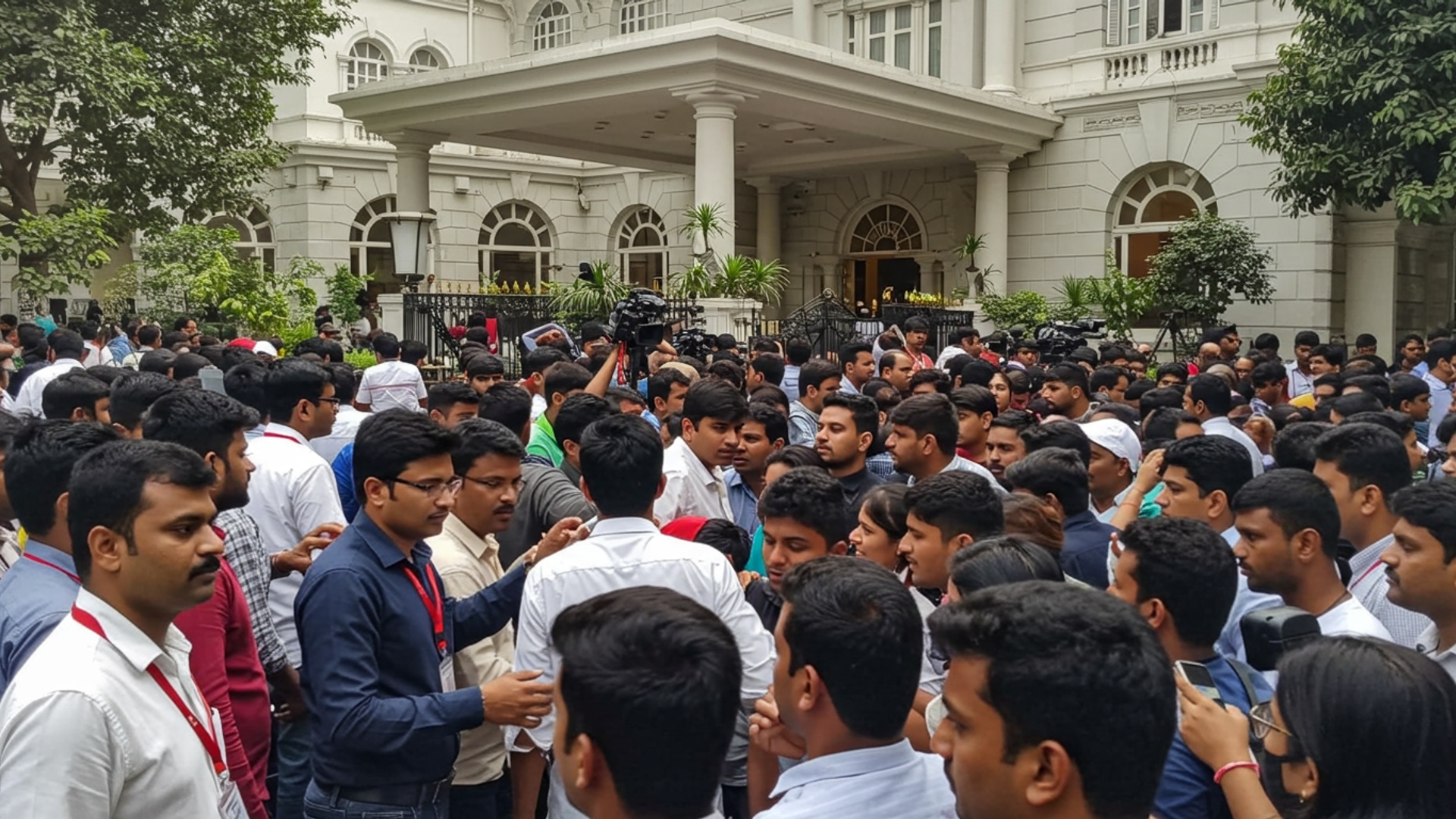Fresh cracks now split the ground along the crucial Uttarkashi route, sparking new fears for daily commuters and local residents. This alarming land subsidence threatens vital transport links in the region, coming just weeks after previous reports of ground instability. Authorities are racing to assess the damage and find solutions as concerns mount over the safety of this critical passage, raising questions about the area’s long-term stability and the immediate danger to countless lives.
Understanding the Problem on the Ground
A fresh wave of worry has come over Uttarakhand’s Uttarkashi area. This is because land is sinking on a key road that links Bhatwari to Gangnani. About one kilometer past the Salang bridge, the ground has started to sink a lot. This has caused cracks in the road surface. one part has caved in. This makes the road dangerous for vehicles and people. This road is very essential. It is a main link for local villages. It is also a crucial part of the Char Dham Yatra, which many religious travelers use to go to Gangotri and Yamunotri. The new problems come just before the monsoon season, which usually brings heavy rains.
Actions Taken by Officials
When news of the sinking land came, officials quickly took action. Jai Prakash Singh Panwar, who is the District Disaster Management Officer for Uttarkashi, said that his team did an initial check and found the situation to be serious. The Border Roads Organization, known as BRO, was told immediately because this road is under their care. The District Magistrate of Uttarkashi, Prashant Arya, visited the damaged parts of the Gangotri national highway, including the Dabrani area. He told officials from BRO and the Public Works Department, or PWD, to use all needed resources to fix the road. They also asked BRO to put up safety barriers and warning signs to keep people safe. Officials said that efforts are ongoing to repair the damaged parts of the road and get traffic moving normally again. A spokesperson for the District Disaster Management Authority, or DDMA, confirmed that emergency relief teams with tools have been sent to the site. The main goal is to make the road safe and ensure vehicles can pass smoothly, especially with the upcoming Char Dham Yatra season.
Why This Happens in the Mountains
The Himalayan region in Uttarakhand is always facing ground problems. What happened recently in Joshimath showed how easily the ground can become unstable. Things like building without a plan, heavy rain, landslides. rivers wearing away the land all make the ground sink. Experts say that the Himalayan mountains are young and active, which means they move a lot. The soil in these areas is often loose material like dirt and rocks from glaciers. This kind of soil can easily break apart and slide when it gets very wet. Heavy rains soak the soil and make it unable to hold weight as well as it normally would. Environmentalist Ravi Chopra has said that poor investigations into the ground, very steep slopes, roads that are too wide. roads built right next to rivers are making disasters worse in Himalayan states like Uttarakhand. The Garhwal Himalayas are known to be very prone to landslides and other ground dangers. This is due to a mix of things:
- Steep slopes.
- Loose soil.
- Frequent heavy rains.
- Uncontrolled building work.
- Cutting down trees.
- Road building.
Human actions have made these problems much worse. Building roads, power projects. tourist places often means cutting into hillsides and using explosives. These actions make the hills unstable, leading to many road blockages and landslides. The Char Dham road widening project, for example, has further destabilized the delicate land. Many projects often do not fully consider the complex ground conditions and risks of the region. Climate change is also making things worse. Warmer temperatures cause glaciers to melt faster, leaving unstable areas behind. This also increases the chance of sudden floods from glacier lakes, flash floods. landslides.
Earlier Warnings and Events
There have been many warnings about the dangers of building in these sensitive areas. Scientists like Navin Juyal and Hemant Dhyani, who have worked on Supreme Court expert groups looking into Himalayan disasters, had warned about these risks many times. They noted that even laws telling people not to build within 100 meters of riverbanks were ignored. The area from Uttarkashi to Gomukh, which is about 100 kilometers long, was declared an “eco-sensitive zone” in 2012. This meant it should have strict rules to protect it. But, since then, the state government has often seen this law as a hindrance to development. This has led to many breaking of rules, with a lot of building happening along the river, even in forbidden areas. Uttarkashi has seen other major problems, including the Silkyara tunnel collapse, which showed how sensitive the area is to land sinking. The disaster that hit Dharali village in Uttarkashi on August 5, 2025, showed how quickly destruction can happen. This event, which involved flash floods and landslides, caused widespread damage, cutting off villages and destroying roads and bridges. The table below shows some past major natural disasters in Uttarakhand since 2000, which highlight the region’s ongoing vulnerability:
| Date | Event | Impact (Summary) |
|---|---|---|
| June 2013 | Kedarnath Cloudburst | Over 5,000 lives lost, widespread destruction, valley severely damaged. |
| February 2021 | Chamoli Avalanche | Over 200 lives lost, hydropower project destroyed. |
| January 2023 | Joshimath Land Subsidence | Hundreds of buildings developed cracks, people displaced, town declared a landslide-subsidence zone. |
| August 5, 2025 | Dharali Cloudburst/Flash Flood (Uttarkashi) | At least 4 confirmed dead, many missing, widespread destruction, villages cut off. |
What Comes Next
Officials say that areas where the land is sinking will be watched closely to stop problems for travelers and local people. The focus is on making the road safe and keeping goods like food, water. electricity flowing to affected villages. Experts stress that to protect Uttarkashi and similar areas from future land sinking, strong plans are needed. These plans should include:
- Good ways to stop damage.
- Early warning systems.
- Checks on the ground’s strength.
- Smart town planning.
- New engineering methods.
There is a call for a new way of building in the Himalayas, one that fully considers the environment, local culture. sacred beliefs. This means balancing progress with keeping the natural world safe. ![]()
